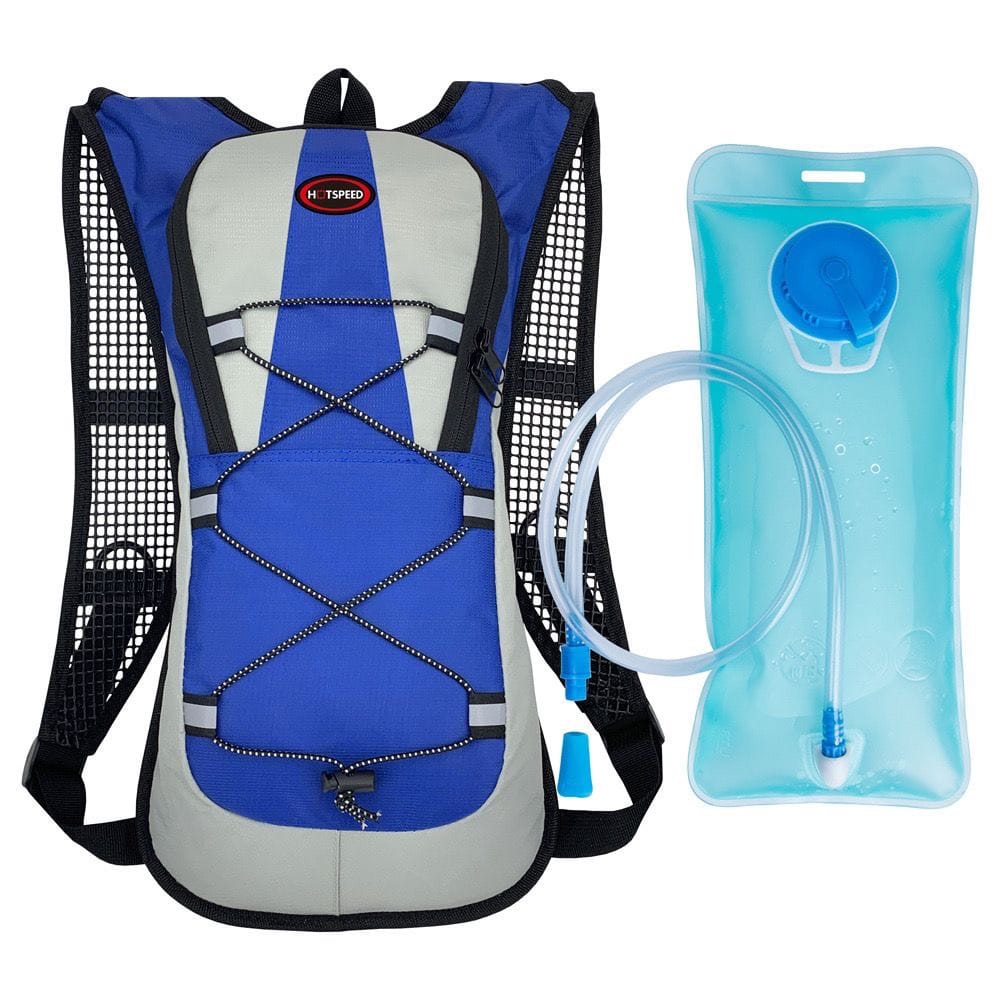Hydration packs (also known as hydration backpacks) have become a go-to choice for outdoor enthusiasts, offering a convenient way to stay hydrated during activities like hiking, running, cycling, or climbing. Whether you’re hitting the trails or pedaling through the mountains, the right hydration pack can make your experience smoother and more enjoyable. But with so many options out there, it’s easy to feel overwhelmed: What size should I get? What materials matter? How do I balance features with practicality? If these questions sound familiar, you’re in the right place. This guide breaks it all down to help you pick the perfect hydration pack, whether you’re a beginner or a seasoned adventurer.
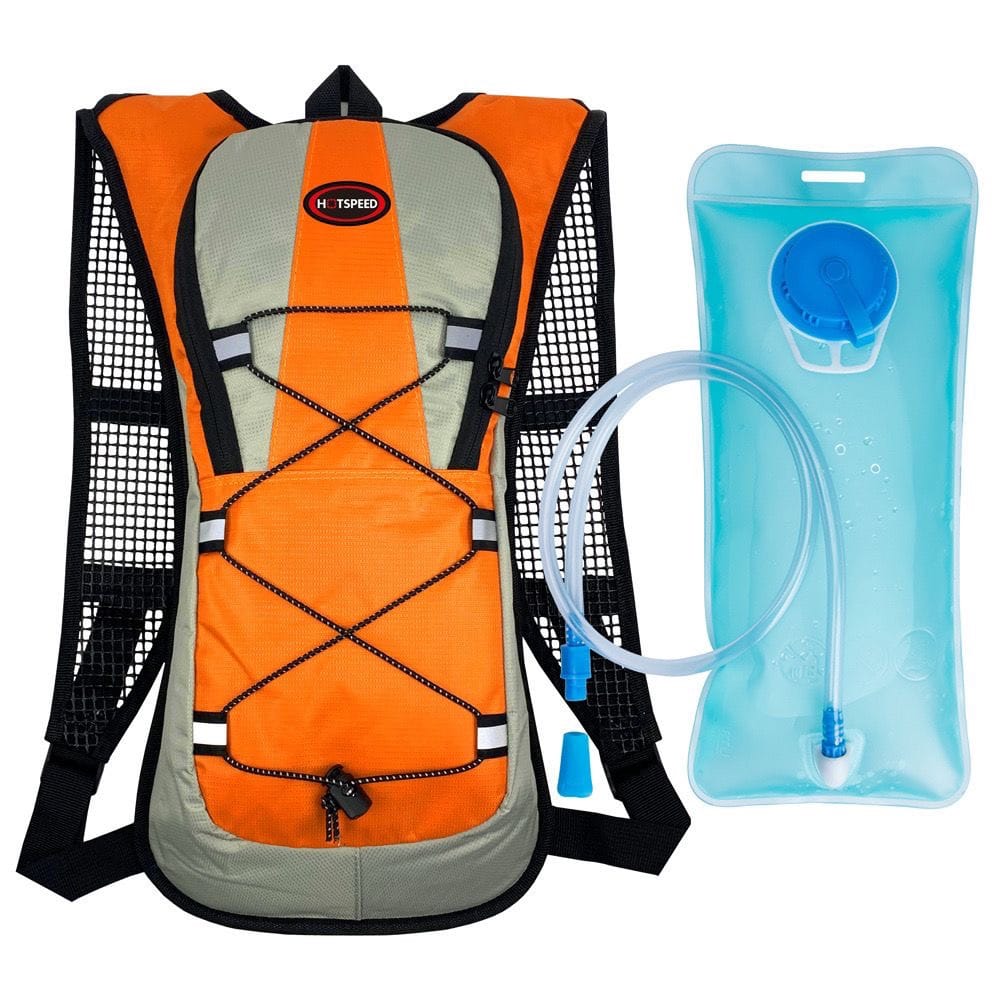
Why Hydration Packs Stand Out
Before diving into the details, let’s cover what makes hydration packs special and why they might be the right fit for you.
Hands-Free Hydration: With a built-in bladder and drinking tube, you can sip water on the go—no stopping to grab a bottle.
Frees Up Your Hands: Ideal for dynamic activities like running or biking, keeping your load light and manageable.
Versatile Storage: Beyond water, they hold essentials like snacks, clothing, or tools.
Body-Hugging Design: Well-made packs stay snug against your back, cutting down on bounce.
Compared to traditional water bottles, hydration packs shine for longer outdoor sessions, but the best choice depends on your specific activities and preferences.
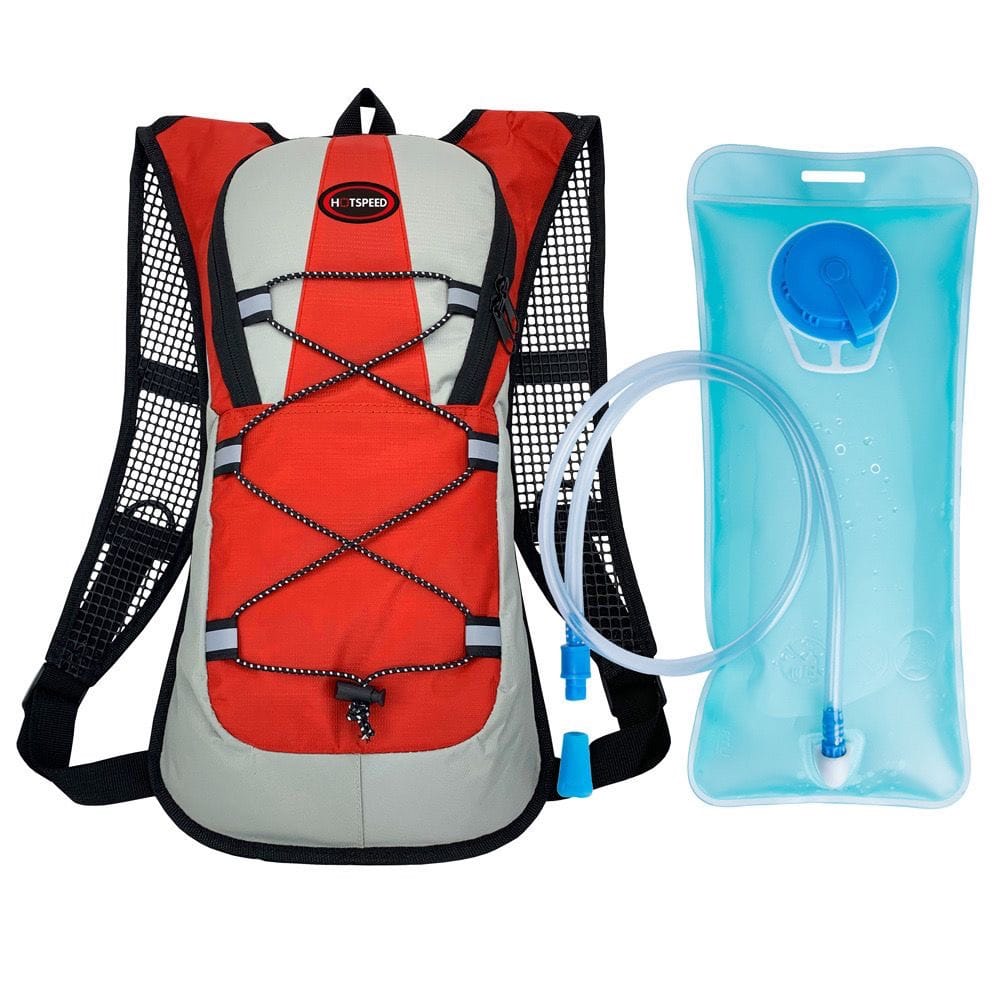
Key Factors to Consider When Choosing a Hydration Pack
Picking the right hydration pack comes down to a few critical factors that shape how it performs for you.
1. Capacity: Bladder and Storage Space
Hydration packs have two capacity specs to think about: bladder size and storage space.
Bladder Size: Typically 1L, 2L, or 3L.
1L: Great for short outings (like a 1-2 hour run or ride).
2L: Perfect for half-day hikes or longer bike trips—covers most needs.
3L: Best for all-day treks or hot climates where you’ll need extra water.
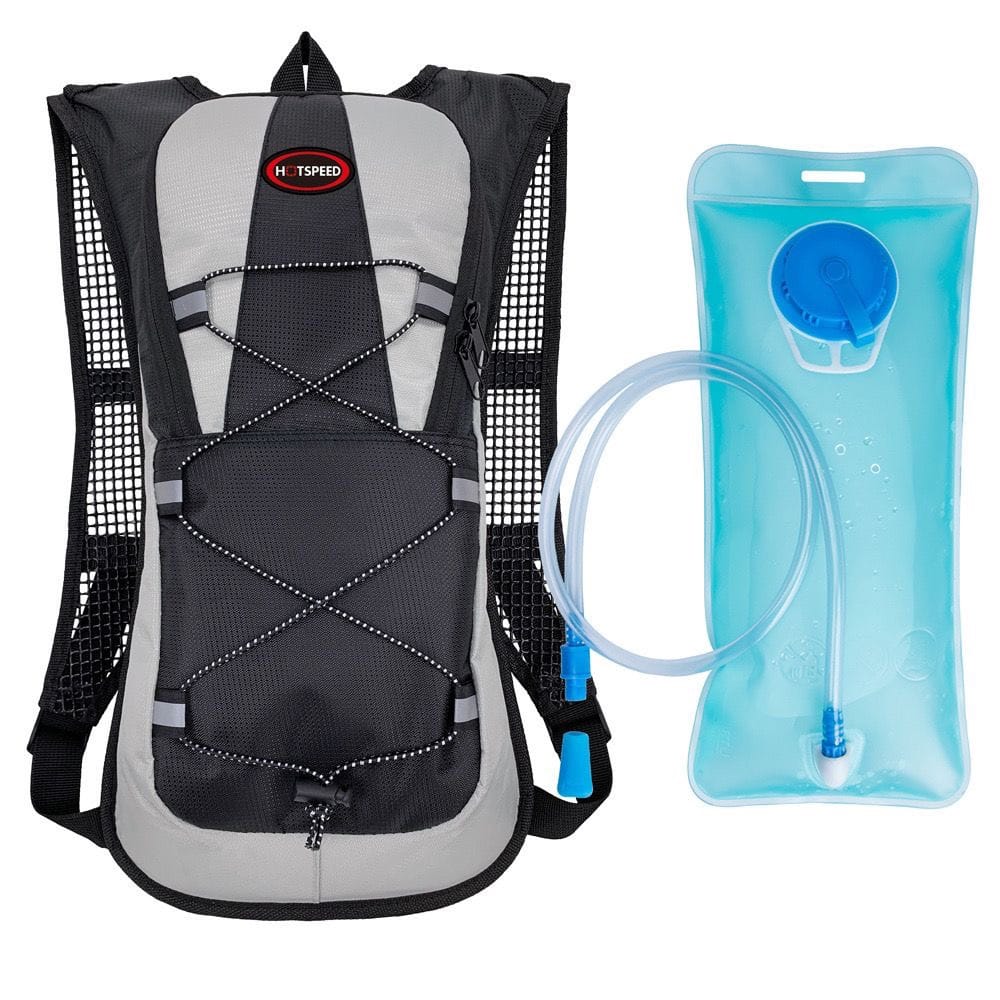
Storage Space: Ranges from 5L to 30L.
5-10L: Lightweight and compact, ideal for running or quick trips.
15-20L: Balances water and gear, good for day hikes.
20L+: Built for multi-day camping or rugged adventures.
Tip: Match capacity to your trip length and water access. For example, a summer hike might call for 3-4L of water daily—if there’s no refill spot, go for a 2-3L bladder and carry an extra bottle.
2. Materials and Durability
Bladder Material: Look for TPU (thermoplastic polyurethane)—it’s tough, odor-free, and often antibacterial. Skip PVC options, which can taste off and aren’t as eco-friendly.
Pack Material: Nylon (like 210D or 420D) is standard—tear-resistant and light. Some high-end models use even tougher fabrics.
Water Resistance: Check for rain covers or waterproof coatings (like PU) to keep your gear dry.
Tip: Ensure the bladder is FDA-approved or BPA-free for safe drinking.

3. Comfort and Fit
Back System: Breathable mesh, wide shoulder straps, and chest/waist straps make a big difference on long hauls.
Drinking Tube: A bite valve with an on/off switch keeps things clean; the tube should be just long enough without dangling.
Weight: Aim for under 1 lb (500g) when empty, especially for running.
Tip: Go for adjustable straps and test the fit— it should hug your spine without pinching.
4. Practical Features
Pockets: Multiple compartments keep your stuff organized.
Reflective Strips: Boost visibility for nighttime use.
Bladder Access: A wide-mouth design simplifies cleaning and drying.
Tip: Pick features based on your activity—like helmet clips for biking.
5. Budget Breakdown
Price Range: Entry-level packs run $20-50, mid-tier around $80-100, and premium options hit $150-200.
Value: Beginners can start with a basic model and upgrade later.
Tip: Set a budget based on how often you’ll use it—don’t overspend on bells and whistles you won’t need.
Best Picks for Different Activities
Here’s a quick chart to match your activity with the right specs.
| Activity | Bladder Size | Storage Size | Must-Have Features |
|---|---|---|---|
| Short Runs | 1-1.5L | 5-10L | Lightweight, snug, breathable |
| Long Rides | 2L | 10-15L | Helmet hooks, extra pockets |
| Day Hikes | 2-3L | 15-20L | Water-resistant, comfy straps |
| Multi-Day Trips | 3L + extra bottle | 20-30L | Roomy, durable, easy to clean |
Common Mistakes to Avoid
Focusing Only on Capacity: Bigger isn’t always better—extra weight can throw off your groove, especially running.
Skimping on Bladder Quality: Cheap ones leak or taste funky, which can ruin your day.
Overloading on Features: More gadgets don’t always mean more usefulness—just more cost.
Buying Blind: Online? Read reviews. In-store? Try it on.
Pro Tips:
Check the tube connections for leaks.
Opt for a removable bladder for easy swaps.
Confirm the return policy, especially for bladder parts.

How to Care for Your Hydration Pack
A good pack lasts longer with proper upkeep. Here’s how:
Clean the Bladder:
Rinse with warm water and a bit of baking soda to kill bacteria.
Use a brush for wide-mouth bladders; prop it open with a paper towel to dry.
Storage: Dry the bladder fully, then stash it in the freezer to prevent mold.
Pack Maintenance: Wipe down the outside and inspect zippers or seams regularly.
Your Perfect Hydration Pack Awaits
Finding the right hydration pack boils down to knowing what you need and matching it to your adventures. Runners want light and tight; hikers need space and comfort. Weigh capacity, materials, and design against your budget and habits, and you’ll land on a winner. The best pack? It’s the one that feels just right for you.
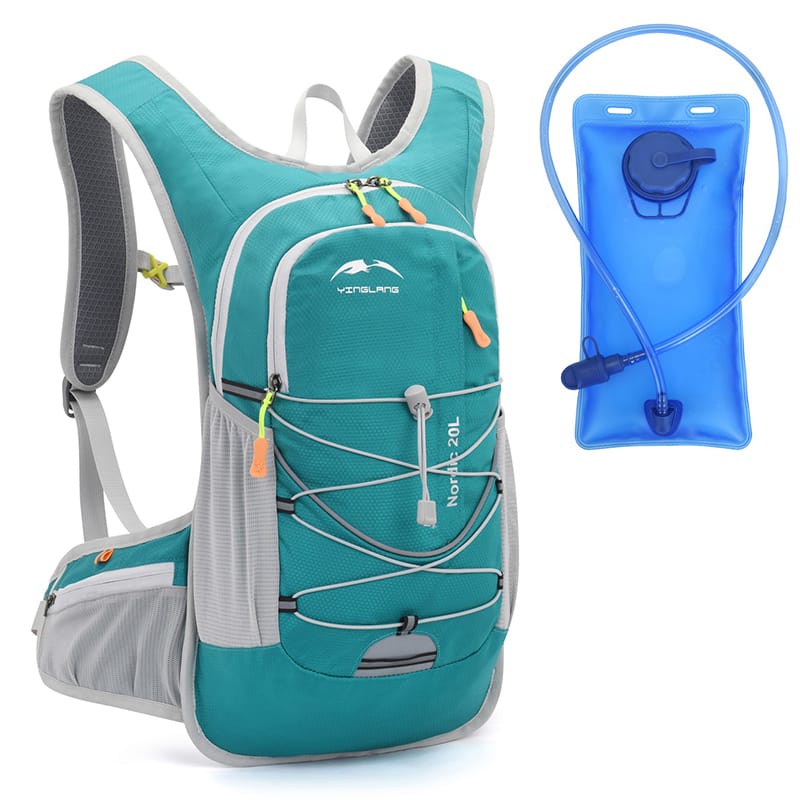
FAQs
1. What’s the difference between a hydration pack and a regular backpack?
A hydration pack has a built-in bladder and tube for easy drinking, perfect for active pursuits. Regular backpacks focus on storage— you’d need a separate bottle for water.
2. What if my bladder leaks?
Double-check the bite valve and cap for a tight seal. If it’s busted, replace it. Go for tough TPU models to avoid this headache.
3. How do I stop my pack from bouncing while running?
Pick a snug fit, tighten the chest and shoulder straps, and keep extra space minimal.
4. What’s a good pick on a tight budget?
Start with a basic model that nails the essentials (size and comfort)—it’ll still get the job done.
5. Can I use a hydration pack for commuting?
It works for short commutes or post-workout hydration, but storage is limited compared to a standard backpack.
